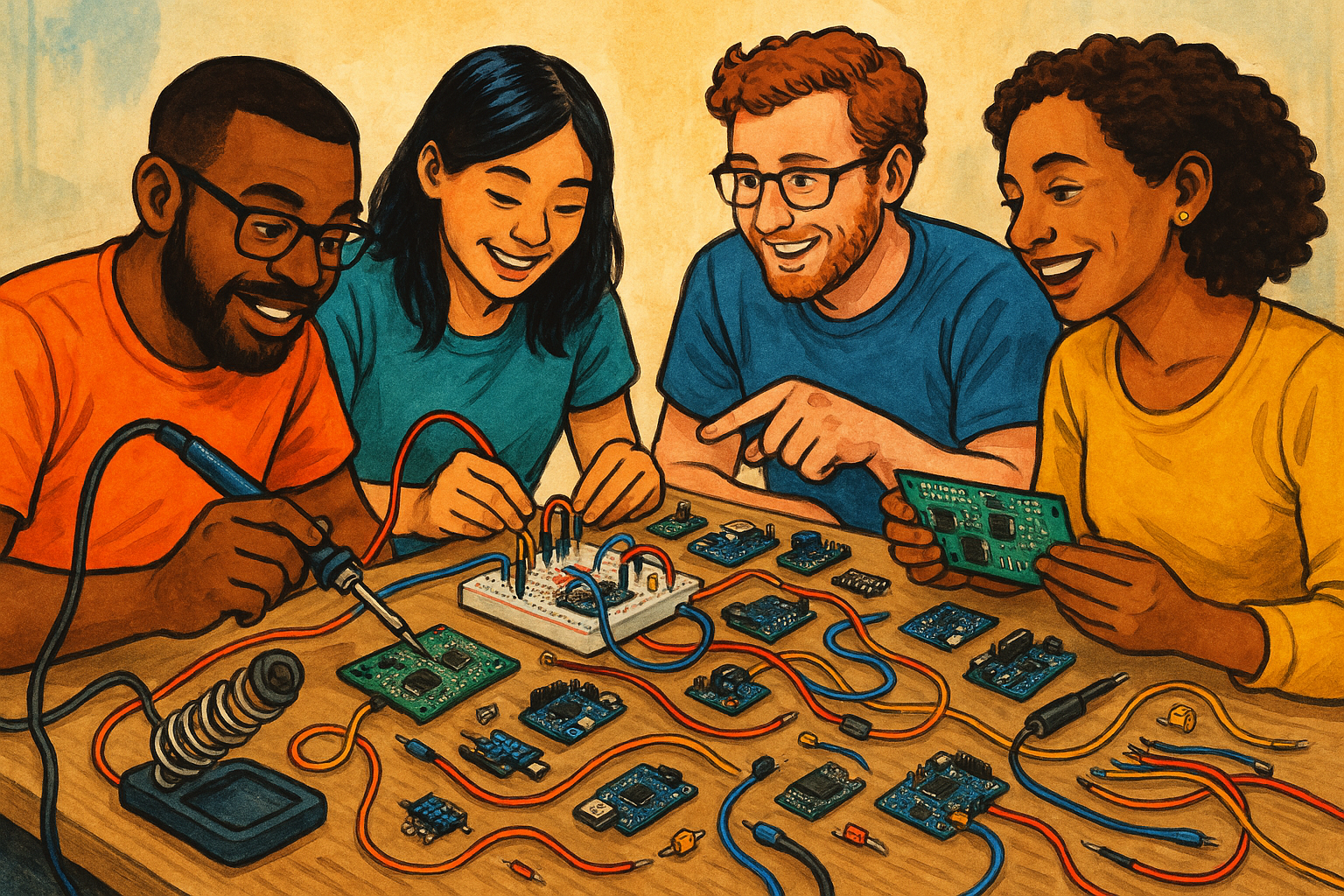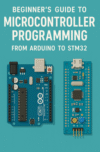Low-cost development boards can seem like an unbeatable deal for hobbyists, students, and even professionals working on quick prototypes. However, the savings on the initial purchase often hide real expenses that surface later in the project’s life cycle. This guide explores the hidden costs and trade-offs you should consider before committing to bargain hardware.
Inconsistent Quality and Reliability Cheap boards often use lower-grade components or have less rigorous manufacturing processes. This can lead to intermittent faults, higher failure rates, and unpredictable behavior—especially under environmental stress like temperature swings or electrical noise.
Poor Documentation and Support Many budget boards lack comprehensive datasheets, reference designs, or well-maintained firmware libraries. Without solid documentation, development slows as you reverse-engineer pinouts or guess at configuration settings.
Limited Software Ecosystem While popular platforms have extensive library support, ultra-cheap clones or obscure boards may only provide minimal firmware examples. This lack of a mature ecosystem can significantly increase development time.
Incompatibility with Industry Standards Cost-cutting measures can result in boards that deviate from standard pinouts or voltage tolerances, creating integration headaches when connecting with other hardware.
Shortened Product Lifespan Cheap development boards may be discontinued quickly, making it difficult to source replacements or transition prototypes into production without redesign.
Hidden Debugging Costs Unreliable boards can lead to chasing phantom bugs caused by flaky hardware rather than faulty code. Time spent troubleshooting these issues can outweigh the cost savings.
Scaling to Production Challenges Some low-cost boards use components that are difficult to source in bulk or lack proper certification for commercial products, requiring additional redesign work before scaling up.
The Value of Total Cost of Ownership When evaluating a development board, consider more than just the price tag. Factor in the value of robust support, stable supply chains, quality manufacturing, and a strong software ecosystem. These aspects reduce long-term risk and can actually lower overall project costs.
End-to-End Considerations From initial prototyping to full production, hardware quality, documentation, software support, and supply stability all impact total project success. Choosing a reliable, well-supported board can accelerate development, reduce maintenance headaches, and ensure a smoother transition from prototype to product.



